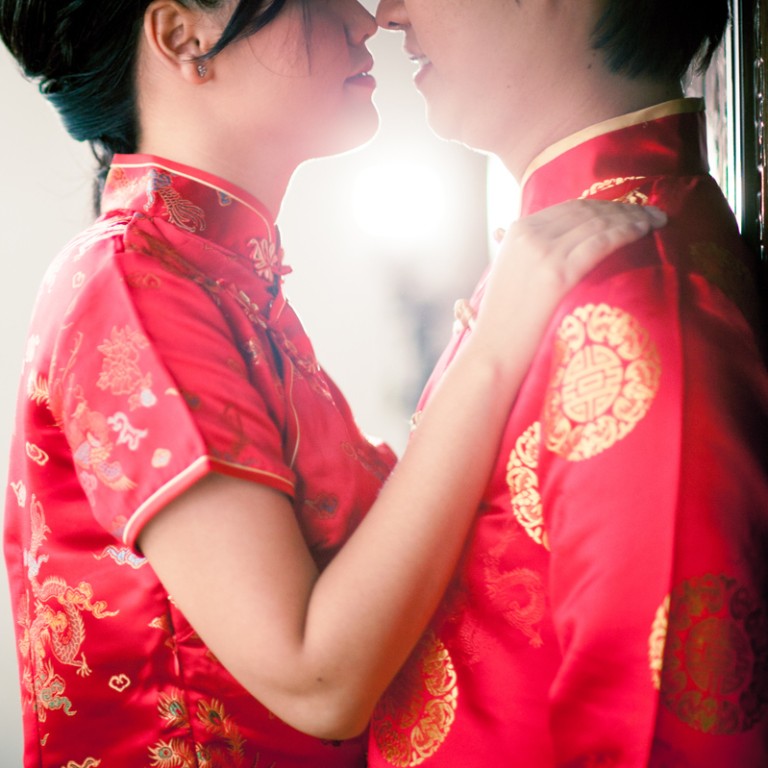
Why polygamy was a component of imperial China's game of thrones
Wee Kek Koon admires the longevity of his parents' marriage but reflects that ancient Chinese, with their mistresses, don't offer a good example
Two days ago, on New Year's Day, my parents celebrated their golden wedding anniversary with a family dinner at the restaurant in Singapore in which their wedding dinner had been held 50 years earlier. Sharing one's life with another can be hard, especially for five decades and counting. My siblings and I are grateful for our parents' commitment to each other and their perseverance through life's ups and downs.

A common appellation used to describe the emperor's family life, "3,000 [women] in the inner palace", underlies the historical fact that there were a few emperors who really did have thousands of consorts. Emperor Xiaozong, of the Ming dynasty (reigned 1487-1505), was an exception; Empress Zhang was his only wife, from when he was a prince to his death. Despite entreaties by his ministers to procure consorts for the sake of producing sons, Xiaozong refused to be unfaithful to his empress.

